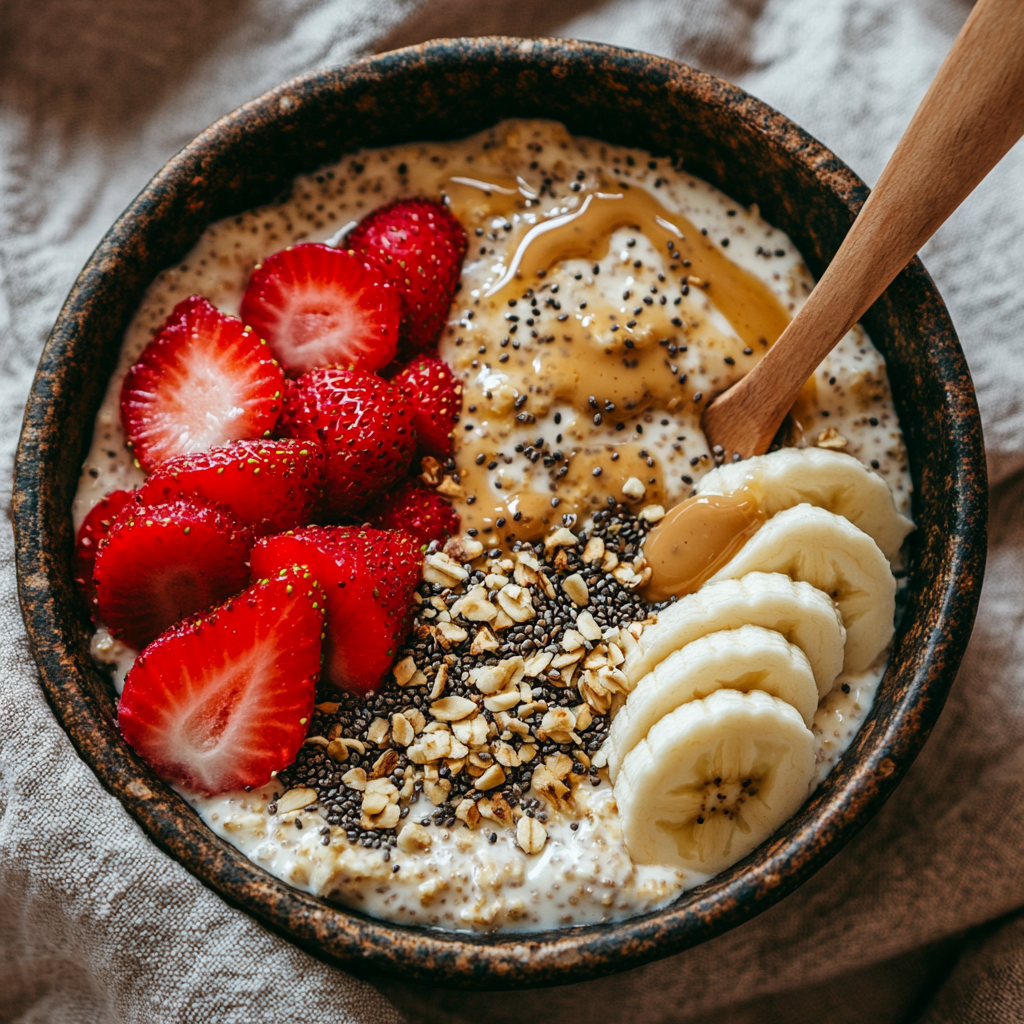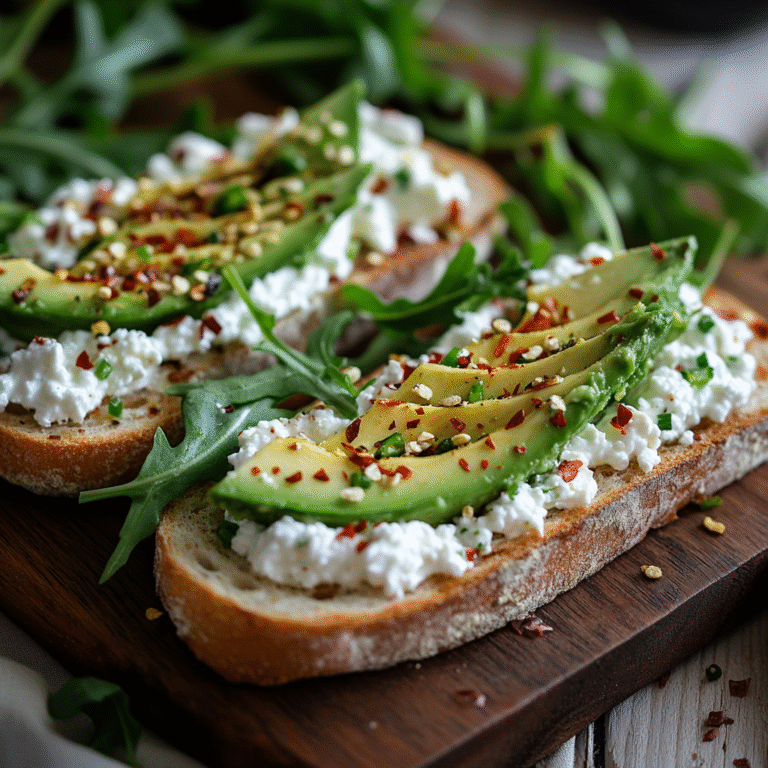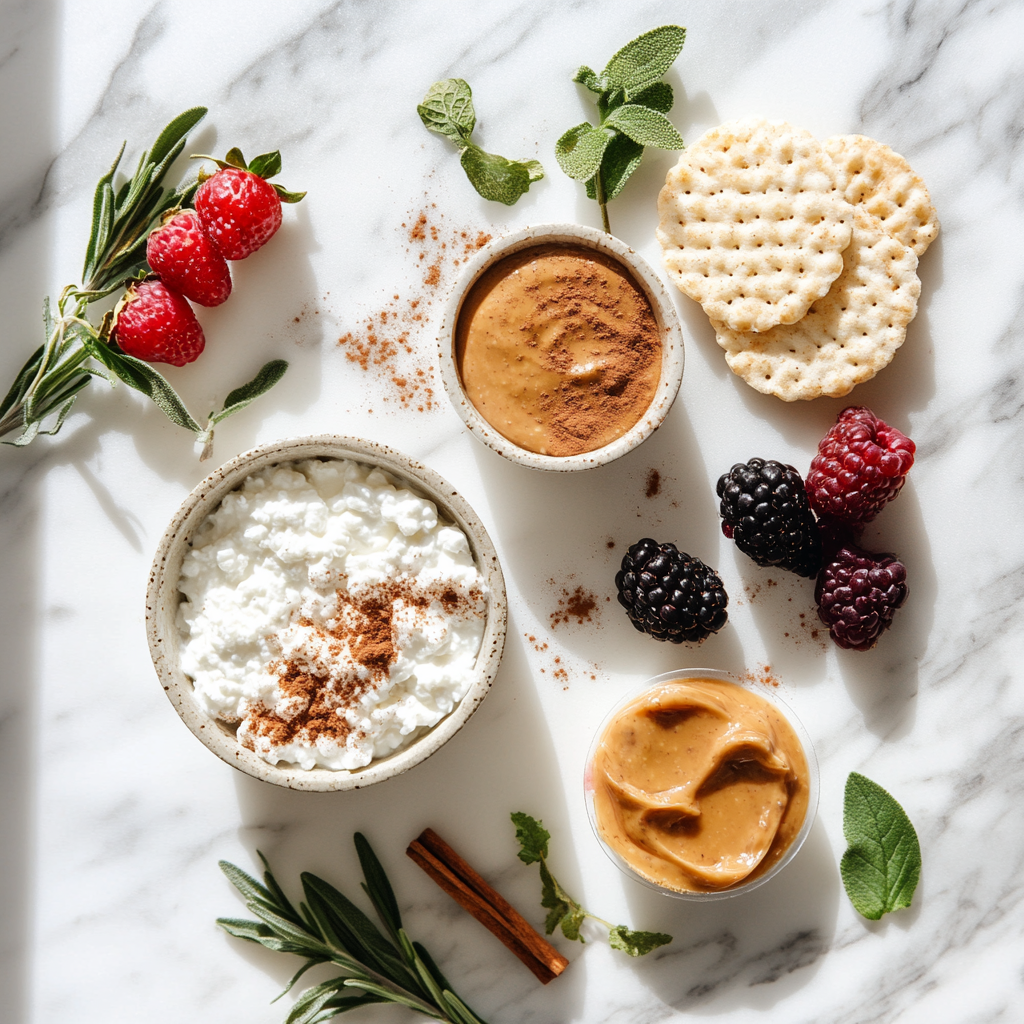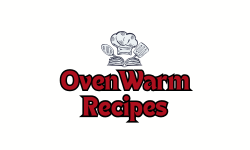Good Culture low fat cottage cheese is not your average dairy aisle pick. With clean ingredients, live cultures, and a creamy texture that feels more indulgent than “low fat” sounds, it’s quickly become a staple in my fridge. Unlike the watery, flavorless curds I remember from old-school tubs, this one tastes fresh, rich, and actually enjoyable. In this article, I’ll walk you through what makes Good Culture stand out, how it supports your health and weight goals, and how to work it into your meals with zero fuss. If you’ve been cottage cheese-curious, this is your sign to dive in.
Table of Contents
How I Fell for Good Culture’s Creamy Cottage Cheese
A Dairy Comeback Story
Years ago, I’d sworn off cottage cheese. It felt like diet food from another era—sad, flavorless, and stuck in a plastic tub. Then one day, wandering through my local grocery store with a cart full of herbs and air fryer ingredients, I spotted a clean, minimal container that said Good Culture. Something about the packaging felt different. I took a chance on the low fat version, and it changed everything.
The first taste? Creamy, lightly tangy, and no weird aftertaste. I topped it with strawberries and hemp seeds, and it instantly became part of my breakfast rotation. Next thing I knew, I was using it in my cottage cheese flatbread recipe—that chewy, golden crust with Good Culture’s smooth curds baked in? Chef’s kiss.
How It Fit Right Into My Life
What really won me over was how Good Culture low fat cottage cheese made healthy eating feel satisfying again. It’s now part of my weekly staples—especially when I need a midday protein boost that doesn’t involve cooking. I toss it into bowls, whip it into dips, or spread it on toast under roasted veggies.

If you’re not sure how to start, check out my roundup of healthy meal ideas using cottage cheese. It’s proof that this one humble tub can turn into dozens of delicious moments—no compromise required.
Print
Good Culture Cottage Cheese: 5 Clean Benefits You’ll Love
A creamy and protein-rich recipe using Good Culture low fat cottage cheese—perfect as a snack, breakfast, or light meal.
- Total Time: 5
- Yield: 1 serving 1x
Ingredients
1/2 cup Good Culture low fat cottage cheese
1 banana, sliced
1 tsp cinnamon
1 tsp almond butter
Optional: Hemp seeds, berries, rice cakes
Instructions
1. Add Good Culture cottage cheese to a bowl
2. Top with banana slices and berries
3. Sprinkle cinnamon evenly across top
4. Drizzle almond butter over everything
5. Add hemp seeds or serve with rice cakes for extra crunch
Notes
Use savory toppings like cherry tomatoes, herbs, or avocado for a different twist.
Store leftovers in the fridge and consume within 2 days.
- Prep Time: 5
- Category: Snack
- Method: No-cook
- Cuisine: American
- Diet: Low Fat
Nutrition
- Serving Size: 1 bowl
- Calories: 120
- Sugar: 5
- Sodium: 360
- Fat: 2.5
- Saturated Fat: 1
- Unsaturated Fat: 1.5
- Trans Fat: 0
- Carbohydrates: 9
- Fiber: 2
- Protein: 14
- Cholesterol: 10
What Makes Good Culture Low Fat Cottage Cheese Stand Out
Clean Ingredients, Real Taste

The first thing that sets Good Culture low fat cottage cheese apart is what’s not in it. No gums. No preservatives. No funky stabilizers you can’t pronounce. Just simple ingredients: cultured skim milk, cream, sea salt, and live and active cultures. That’s it. For anyone trying to eat clean without giving up taste or texture, that list is a dream.
And the flavor? It’s creamy with a gentle tang that doesn’t overpower. The texture is smooth, not chalky or dry like some other brands. It’s satisfying enough to eat solo, but I love pairing it with protein cereal for a crunchy, high-protein breakfast that takes all of 60 seconds to build.
Another perk? It’s naturally rich in probiotics thanks to five strains of live and active cultures. That means you’re supporting your gut while staying full longer. According to Cleveland Clinic, incorporating probiotic-rich foods like cottage cheese into your diet may aid digestion and support overall immune function.
Great for Light Meals or Snacks
When you’re low on time and high on hunger, Good Culture makes it easy. I often reach for a tub as a late-night fix when I want something filling that won’t sabotage my sleep or my macros. I top it with cherry tomatoes, a drizzle of olive oil, and cracked pepper—it feels like a fancy café dish with zero effort.
It also plays well with other healthy staples. Spread it on a rice cake with berries and honey for a 3-minute snack. Or whip it into a savory dip and pair it with late-night air fryer veggies. However you scoop it, it shows up creamy, light, and totally delicious.

Is It Good for Weight Loss and Everyday Eating?
Weight-Loss Friendly and Craving-Smart
If you’re watching your weight or building meals around high-protein, low-calorie foods, Good Culture low fat cottage cheese is a top-tier option. It clocks in at just 120 calories per ½ cup, but delivers a strong 14 grams of protein with only 2.5 grams of fat. That’s the kind of ratio that keeps you full longer and keeps cravings in check.
What I love most is how it fits into my no-fuss, real-life approach to healthy eating. You don’t have to measure or prep—just open the lid and spoon it into whatever you’re eating. I’ll even mix it with lemon zest, chopped cucumbers, and fresh dill for a 2-minute high-protein dip that makes veggies way more exciting.
For those tracking macros, this cottage cheese fits beautifully into low-carb, keto-friendly, or balanced weight-loss plans. It’s a satisfying snack between meals or an easy base for post-workout bowls. I’ve even used it as a topping over rice cakes with spicy avocado spread. It’s creamy, energizing, and surprisingly indulgent without setting you back.
An Everyday Staple That Doesn’t Get Boring
One of the best parts about Good Culture low fat cottage cheese is that you can eat it daily without burning out. Its mild flavor means it works equally well with sweet or savory pairings. Some days I mix in berries and cinnamon. Other days? It’s smoked paprika, olive oil, and roasted chickpeas.
And when I want crunch? A scoop of cottage cheese next to protein chips is the ultimate balanced snack plate. I’ve even layered it into lunch wraps or used it to stuff cherry tomatoes for party-friendly bites.
Bottom line? This isn’t just a weight-loss food—it’s a real-food staple that’s flexible, clean, and craveable.
Downsides? What You Should Know Before Buying
Cost, Taste, and Dietary Limits
I’m all in on Good Culture low fat cottage cheese, but let’s be honest—no food is perfect for everyone. First up: price. Compared to generic or store-brand cottage cheeses, Good Culture is usually a couple dollars more. You’re paying for quality ingredients and live cultures, which I personally think is worth it. But if you’re budget-conscious, it may feel like a splurge item rather than a daily staple.
Then there’s taste. While I find it creamy and mild, some folks used to sweetened yogurts or highly processed cheese snacks might need a little adjustment time. If you’re transitioning from high-sugar snacks, try mixing in fruit or using it in recipes like this homemade pancake mix—it blends in smoothly and adds protein to your breakfast.
Watch Out for Sodium and Dairy Sensitivities
Good Culture’s low fat version has about 360mg of sodium per serving, which isn’t outrageous—but it’s worth noting if you’re watching your salt intake. Also, like all dairy, this isn’t ideal for anyone with lactose intolerance or dairy allergies.
That said, many find the live cultures in Good Culture help with digestion. If you’re sensitive to regular dairy but not fully intolerant, it might still work for you. Always listen to your body—and talk with a healthcare provider if needed.
For those who tolerate it well, I still recommend pairing it with balanced meals like my chicken cutlet recipe or spreading it over roasted veggies and herbs for a nourishing lunch. It’s an upgrade in both taste and function—without the processed baggage.
What’s the deal with Good Culture cottage cheese?
Good Culture cottage cheese stands out for its simple ingredients, live and active cultures, and creamy texture. It skips gums, preservatives, and artificial flavors, delivering a fresher, richer cottage cheese that’s easy to enjoy with fruit, toast, or straight from the spoon.
Is Good Culture cottage cheese healthy for weight loss?
Yes, it’s an excellent choice. With 14g of protein and just 120 calories per ½ cup, it keeps you full and supports lean muscle goals. The live cultures can also promote gut health, making it a clean and satisfying snack or meal base when you’re trying to lose weight.
Is it OK to eat low-fat cottage cheese every day?
Absolutely—if your body tolerates dairy, there’s no reason not to. It’s rich in protein, calcium, and B12, and the low fat version keeps calories in check. Just be mindful of sodium intake and vary how you serve it to keep meals exciting.
Are there any negatives to cottage cheese?
The main concerns are sodium content and potential dairy intolerance. Some brands also use thickeners or gums, but Good Culture avoids those. If you’re managing blood pressure or are lactose sensitive, moderate your portions or choose dairy-free options.
Good Culture low fat cottage cheese isn’t just another “health food.” It’s a creamy, clean, and versatile option that actually delivers on both flavor and nutrition. From breakfast bowls to dips to protein-rich snacks, it’s one of the few products that fits into nearly every part of my daily life—without sacrificing taste or quality. Whether you’re eating for energy, weight goals, or pure convenience, this one deserves a spot in your fridge.
